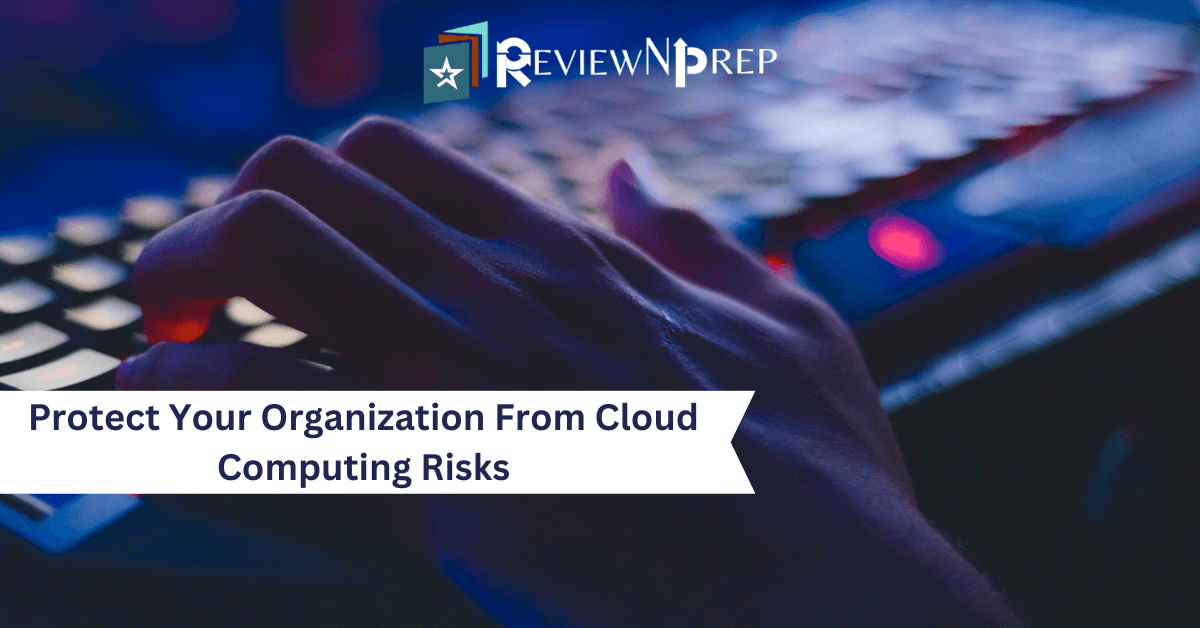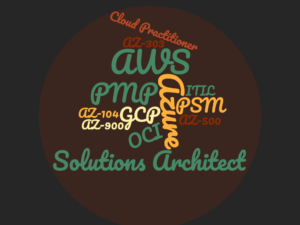|
|
Cloud computing deals with delivering hosted services on the Internet. It involves providing IT resources on the internet with a payment plan. Due to the complexity of cloud computing services, there is a need for adequate security when using such services. This is where the need for cloud security platforms comes in.
What is Cloud Computing?
Cloud computing involves delivering computing services such as databases, servers, storage, and intelligence through the internet. The use of cloud services helps reduce operating costs as you can pay for only the services you need. It also increases productivity and performance. The current increase in the use of cloud computing services has created a need for cloud data protection and security. Cloud security tools often take care of these needs by providing the necessary security measures to protect cloud-based data, applications, and infrastructure.
Related: Here are the top 5 reasons you should learn Cloud Computing
Here are the types of cloud computing:
- Infrastructure as a Service(IaaS)
This is a form of cloud computing that offers network resources and storage on demand. Also, its payment plan is on a pay-as-you-go basis. It helps to reduce the maintenance cost of on-premises data centers. In addition, IaaS provides new applications quickly.
- Software as a service(SaaS)
This is the highest level of cloud computing services. They provide users with fully featured software applications through the Internet. These applications will be maintained and monitored by the SaaS provider. This eliminates the need for users to maintain their own infrastructure. They are also referred to as web-based software and they provide easy access to data from any networked device.
- Platform as a service(PaaS)
It is built on IaaS and it provides a platform for developers to build and manage applications without having to manage the infrastructure holding the applications. This reduces the time for the development and deployment of applications. Furthermore, PaaS includes storage and networking but it also involves development tools and database management systems.
Cloud Security Platforms
Cloud security platforms are solutions, often agentless, that help closely monitor the data and applications running in your cloud environment. Cloud security platforms, also known as cloud security tools, provide the necessary security to ensure cloud data protection. They perform:
- Cloud security scans
- Identify security threats and vulnerabilities
- Include policies, technologies, and procedures that work in unison to protect cloud-based systems and infrastructure.
How to Reduce Cloud Computing Risk to Your Organization?
Now that we know the importance of cloud computing security, we can now discuss ways to stay safe while using cloud computing services.
1. Conduct Anti-Phishing Training for your Employees
A lot of hackers utilize employee login details to gain access to sensitive data in the organization. Providing anti-phishing training to employees will help protect them better against phishing attacks. Some of these attacks include the use of fraudulent websites, emails, and texts to trick employees into giving out sensitive information like login details.
One way this training can be conducted is by simulating phishing attacks. This method will make the employees experience what a phishing attack looks like. Consequently, employees will be able to better identify such attacks and defend themselves appropriately. Another method is to constantly send reminders and tips to employees to remind them not to be exposed to phishing attacks.
2. Implement Multi-Factor Authentication (MFA)
This is one of the most effective ways to provide cloud data protection for your organization. This method requires users to provide two or more forms of authentication before they are granted access to the cloud computing service. These forms of authentication can include a password, a token, or even a fingerprint. Multi-factor authentication makes it very difficult for unauthorized users to gain access to the service due to the multiple forms of authentication. When implementing MFA, some things should be considered
- Ease of use. The authentication service must be simple enough for users to understand and use. One way to help is to include instructions on how to use the service.
- Scalability. The MFA service must be able to accommodate more users as the organization increases in size.
- Cost. The service should be cost-effective and not require a significant amount of investment in software and hardware for it to be implemented.
3. Data Encryption
Data encryption ensures that unauthorized users encounter difficulty when they try to access information without being granted access by the organization. It is also very useful in the case of a data breach. This is because the attacker won’t be able to make sense of the encrypted data. There are multiple ways to encrypt data, some of which are discussed below:
- Transport Layer Security. This is used to encrypt data in transit between the cloud provider and the organization.
- Server Side Encryption. This is used to encrypt the data stored on the cloud provider’s servers.
- Client Side Encryption. It is used to encrypt data before it is sent to the cloud.
4. Conduct a Risk Assessment
This means a comprehensive risk assessment of the organization’s usage of cloud computing services. It involves identifying potential threats and risks to your organization’s data and infrastructure. Also, it involves evaluating the threats and grading them based on the amount of impact each threat can have in the likelihood of the threat ever occurring.
Related: Check out AWS, Azure, GCP Practice Exams and Video Courses.
5. Monitor and Audit Cloud Services Regularly
Monitoring and auditing your cloud environment regularly is crucial for cloud based cybersecurity.
- Schedule regular cloud security scans.
- Monitor sudden highs or lows in resource usage.
- Look for any unauthorized access alerts to your organization’s sensitive data.
- Track and investigate configuration changes or any other unusual changes to your cloud computing environment.
- Regularly review the security configurations of your cloud service.
- Ensure the cloud service complies with your organization’s security policies and practices.
- Reviewing the access controls of the cloud service to make sure it is configured properly.
Conclusion
The rise of cloud computing usage has led to the need for cloud security solutions. To protect your organization from cloud computing risks, implement strong security measures such as multi-factor authentication, encryption, regular security audits, and incident response plans. Train your employees on the best practices to follow while storing and sharing sensitive data.
Assign resources or solutions dedicated to monitoring your cloud environment for suspicious activities. Use a cloud security solution provider who can provide you with continuous monitoring, threat detection, and incident response capabilities. Have a disaster recovery plan in place and regular testing of it. With the right tools and security policies, your business can make the most of cloud computing and employ this technological wonder successfully.
Further Reading:
Understand the basics of cloud computing architecture in this blog.
These cloud jobs are high paying and you can get these with the certifications listed in the blog.

